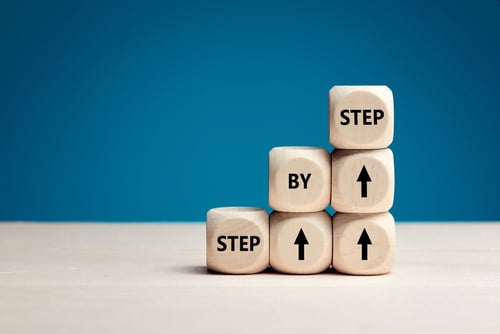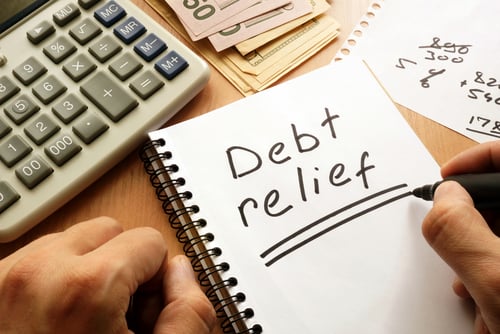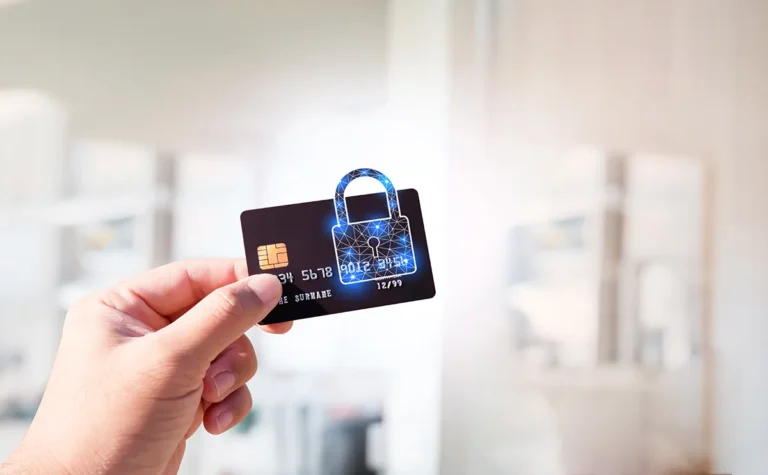What is Secured Debt?
Secured debt refers to debt that is collaterally backed, such as a home mortgage or auto loan, and since the debt is backed by physical assets that serve as security and can be seized and sold in the event of non-payment, secured debt is less riskier than unsecured debt to the lender.
Consequently, secured debt comes with lower interest rates and generally more favorable terms than unsecured debt. Additionally, since secured debt lenders are more focused upon the liquidation value of the assets pledged as security to the debt, an individual’s creditworthiness – though still significant – will play a reduced role in the process of pursuing secured debt as opposed to when pursuing unsecured debt.
It’s very important for a debtor to realize that the collateral backing a secured loan is vulnerable to seizure and sale in the event of non-payment of the debt. It is this security of knowing that collateral can be seized by the lender that allows secured debt creditors to offer lower interest rates and more favorable terms.
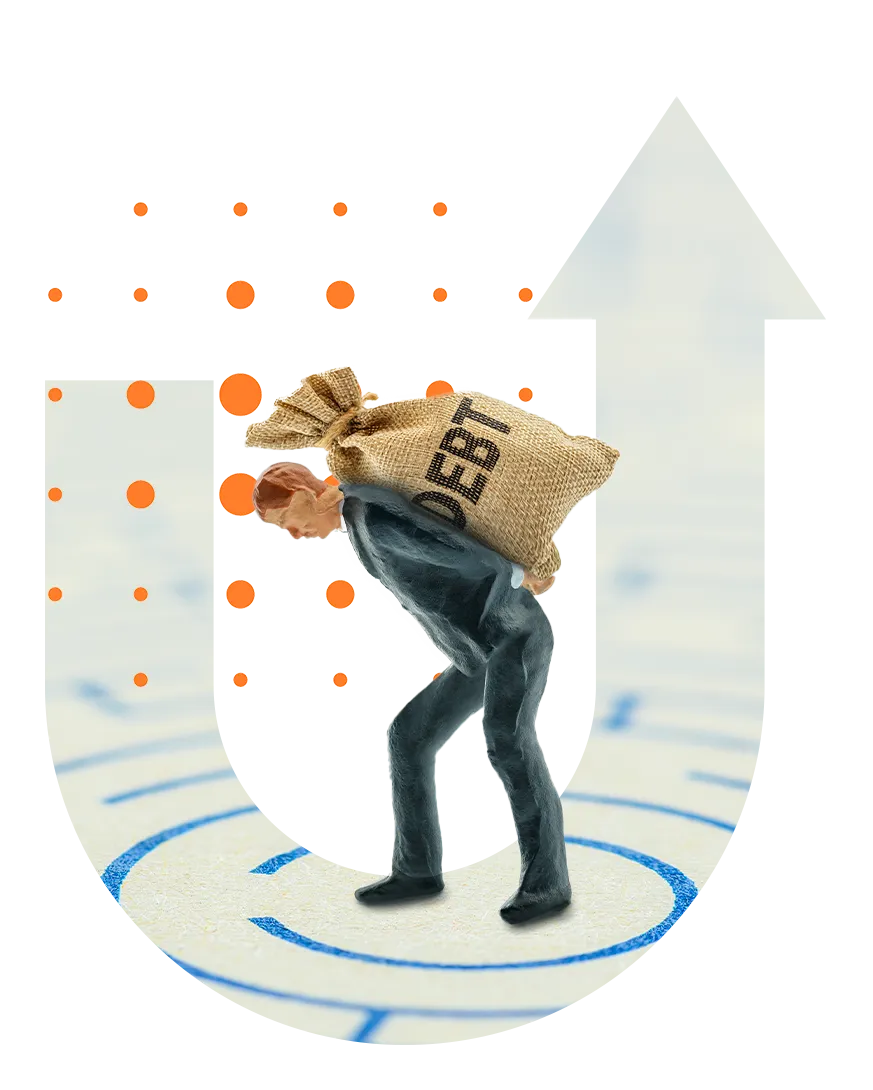
Types of Secured Debt
Secured debt is backed by assets that can be sold in the event of non-payment by an individual debtor or company. The most common form of secured debt is a home mortgage, which is collaterally backed by the physical property that is financed by the mortgage debt.
Additional common examples include auto loans and home equity lines of credit. If a borrower falls delinquent on these forms of secured debt, the lender can foreclose on the property or repossess the vehicle. In fact, as long as borrowers of secured debt have a balance outstanding, they never fully “own” the underlying asset that has been collaterally backing the secured loan.
Only when a secured debt is fully paid off will a lender release the asset free of any lien that could otherwise result in seizure and sale of the underlying asset.
ABC
Other Forms of Secured Debt
Another example of secured debt that may not be as commonly considered includes a company’s pledging of accounts receivables as collateral that a lender can utilize to secure repayment.
A title loan is another form of secured debt, as the debt is secured by the title to a vehicle or other asset. Finally, the entire pawnshop industry is built upon the concept of secured debt, as pawn shops effectively give loans based upon the resale value of the item being “pawned” as collateral.
How Does A Creditor Collect on a Secured Debt?
When secured debts are not paid back in a timely manner, creditors have more rights than they would have if the unpaid debt is unsecured. With unsecured debt, creditors often need to file a complaint in State or Federal court before eventually receiving a judgment and moving ahead with collecting the balance through the legal process.
However, secured creditors have a quicker and more direct route than proceeding through the court system. Since liens are attached to real property through mortgages, creditors can efficiently seize and sell off property in a foreclosure auction. Foreclosure actions frequently require little to no court proceedings and can often be completed within a matter of months.
Similarly, the lien attached to an auto loan allows for quick repossession in the event of non-repayment. Lenders can also be granted liens on personal property including equipment, furniture, inventory, and investment assets though a security agreement. These forms of personal property are also subject to seizure and sale as a result of the lien attached to the secured debt, and can often be completed with little to no court action.
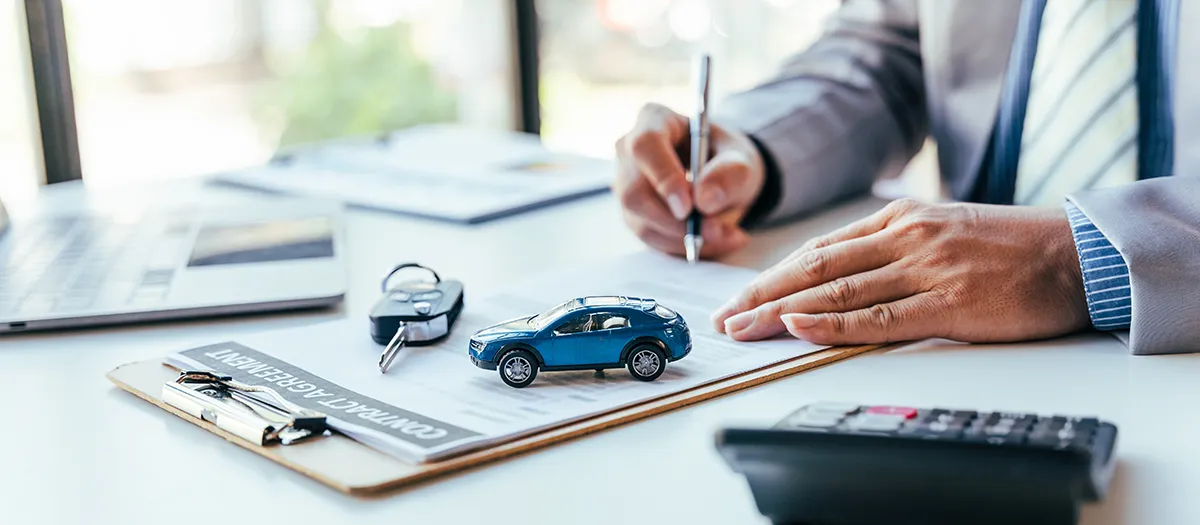
Get Debt Relief
Speak with licensed debt specialists dedicated to guiding you toward financial stability every step of the way.

Ready To Get Started?
See if you qualify for debt relief. Get a Free savings estimate to see how quickly you can be debt free.
Embrace financial freedom with our tailored solutions, expert guidance, and unwavering commitment to your success.
Experienced Professionals
Our experienced team has helped thousands of clients successfully eliminate debt and regain financial freedom.
Customized Solutions
We know every financial situation is different, so we design personalized debt relief plans to fit your specific needs and goals.
High Success Rate
Our proven debt relief strategies deliver real results. With a strong track record of success, we help clients achieve lasting financial stability.
Confidential Consultation
Your privacy is our priority. All debt relief consultations are 100% confidential and handled with the highest level of discretion.
Explore other blogs




